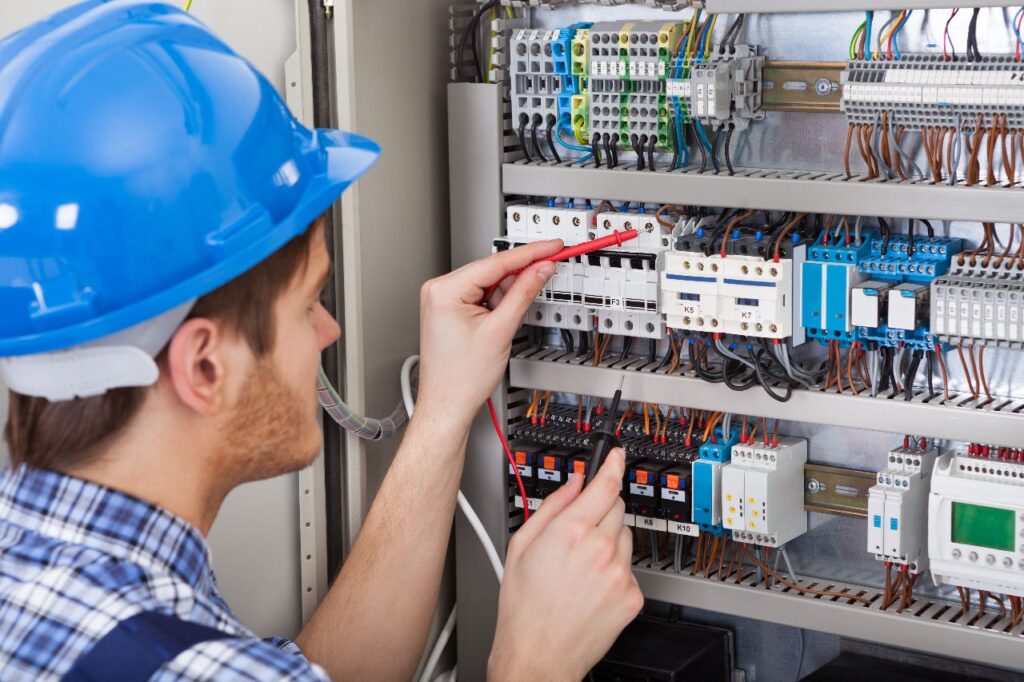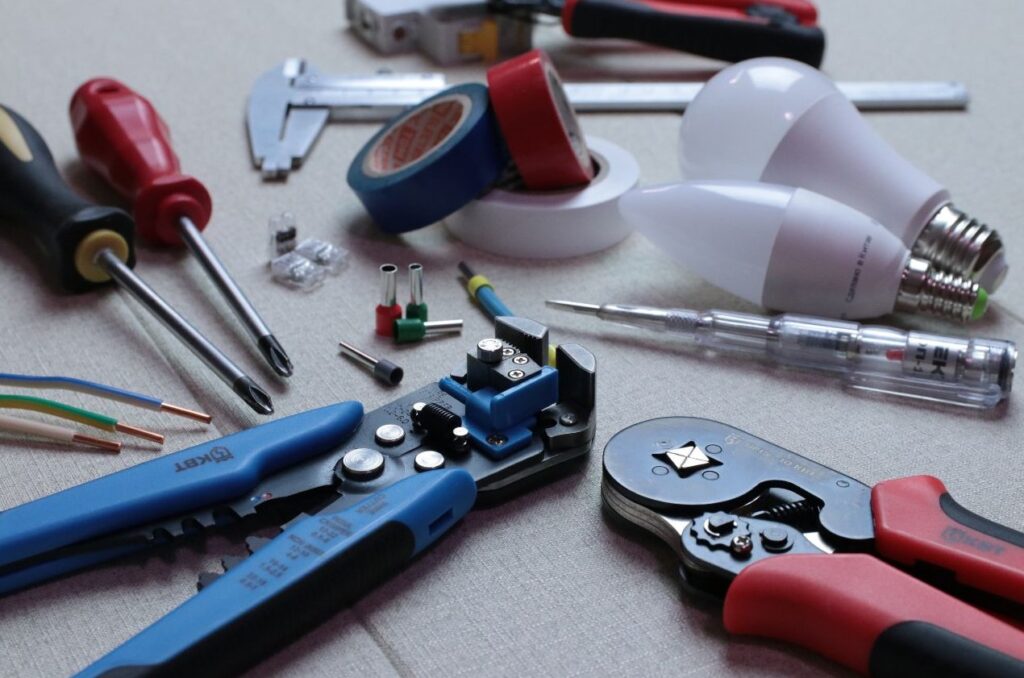Who are We?
At NASTAN Engineering Solutions, we specialize in providing risk assessment engineering solutions in Adelaide, South Australia. Our team of experienced engineers and consultants work closely with our clients to identify and mitigate potential risks, ensuring the safety and success of their operations. We pride ourselves on our commitment to delivering high-quality, cost-effective solutions that meet the unique needs of each of our clients. With a focus on innovation and continuous improvement, we strive to exceed expectations and build long-lasting relationships with our clients.










